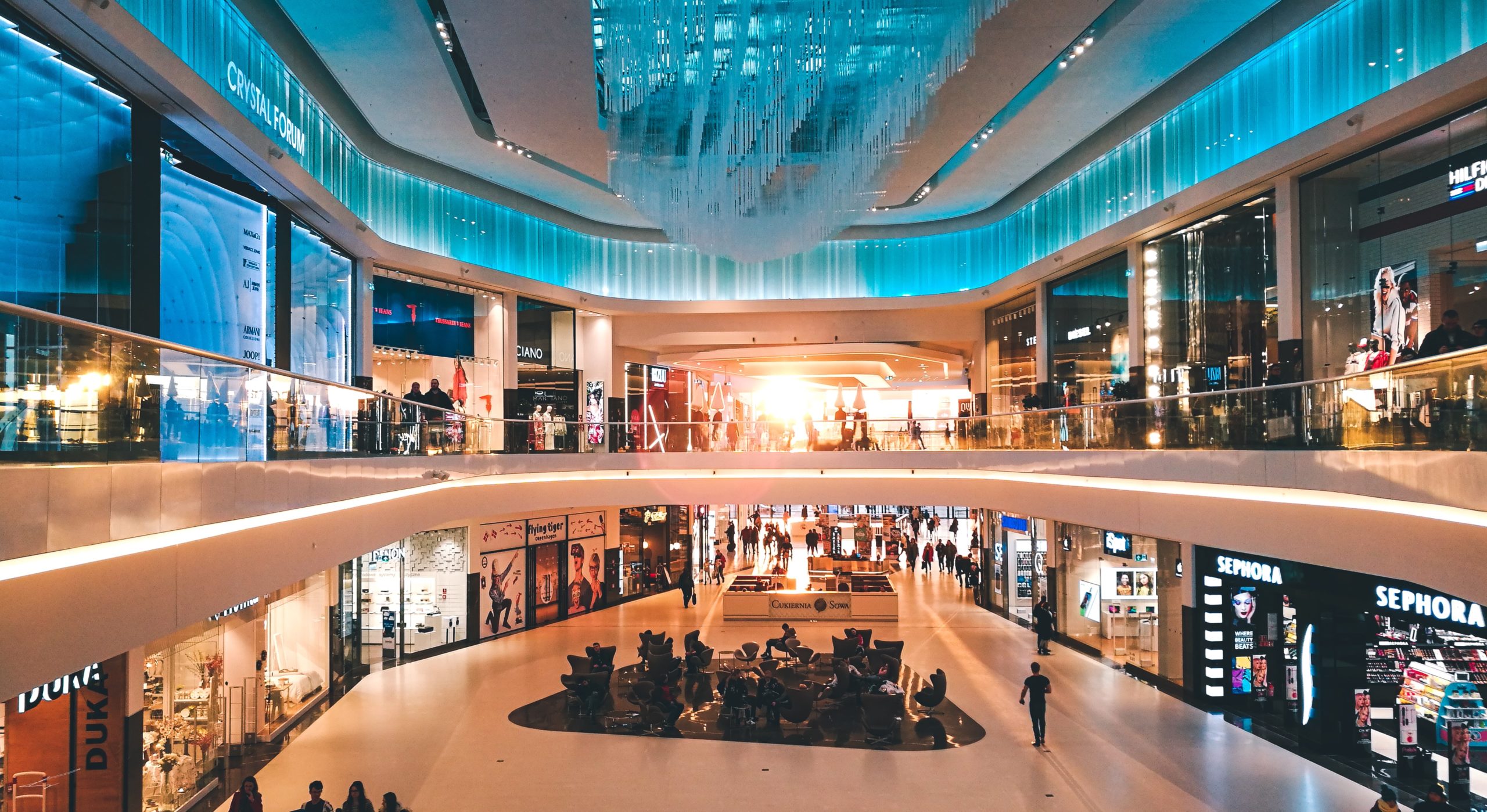Retailers in the world are faced with a host of challenges. Even before the pandemic, many brick and mortar retailers were struggling. Today, as we move from the national lock downs into new psychological and social terrain, shoppers will be worried about whether to maximize their susceptibility to the virus by entering malls.
The Store is a Stage
Rolling through main firms today, you see a lot of initiative to minimize interaction and restrict crowds. Retailers beyond the core group need to think of space as a service — a show where the “front of the house” is serene, while the “back of the house” embraces the dynamic maneuvers that take place on stage.
Furthermore, since contact-less shopping would be a modern normal, retailers should start turning at other sectors that already provide comparable services. When you can schedule a dinner reservation at 7:30 a.m., why can’t you schedule a shopping trip at 6:30 a.m. nearby? From yoga studios to therapists, a wide range of companies are already using digital reservation systems. People will be reluctant to wait for casual shopping in long, socially distanced lines, so make the experience easier.
Experiences can be both touch-less and tactile.
The largest breakthrough space is in the area of experiential escapes. For several, these words carry together associations with VR headphones.
When we re-evaluate the rooms, the texture, the atmosphere, the sound, and the smell should take center stage. Many of our best impressions of places are not visual but embodied: the cold warmth of the walls, the sound of space, the smoothness of the carpet beneath your feet.
Digital Perception as Collective Memory
Brands can participate in media that can express the experience of using their goods. New motion modeling capabilities allow us to capture sensory information and construct new realities. Technology may also create associations by making any customer feel like they have a personal shopper who has favorite products put in a dressing room as they arrive or who can recommend related pieces based on past purchases.
The longer retailers wait to integrate these types of features into their design flow, the more opportunities they will miss.
The retail world is constantly changing with new technology
• Luxury retail will undergo a drastic transformation within the next 20 years.
• Luxury brands of the future are platforms for personalized and unique experience.
• Consumers deserve to be customized and to have an exclusive experience.
High-end retail will move to allow for more customization and individual experience customized to suit the needs of each individual. How one customer communicates with and wears a luxury brand may be entirely different than how another person interacts with and wears a brand.
The website will become a destination where consumers can access customized assistance. Instead of only seeing fashion products, consumers will be able to engage with the brand and gain familiarity with recommendations and technology-driven contact, unlike everyone else.


